The dMFK office in Fitzrovia hails a postpandemic approach to workspace
The new office of architects dMFK in Fitzrovia, designed by the studio alongside architects Sher + White, exemplifies the reimagining of workspaces for a postpandemic London
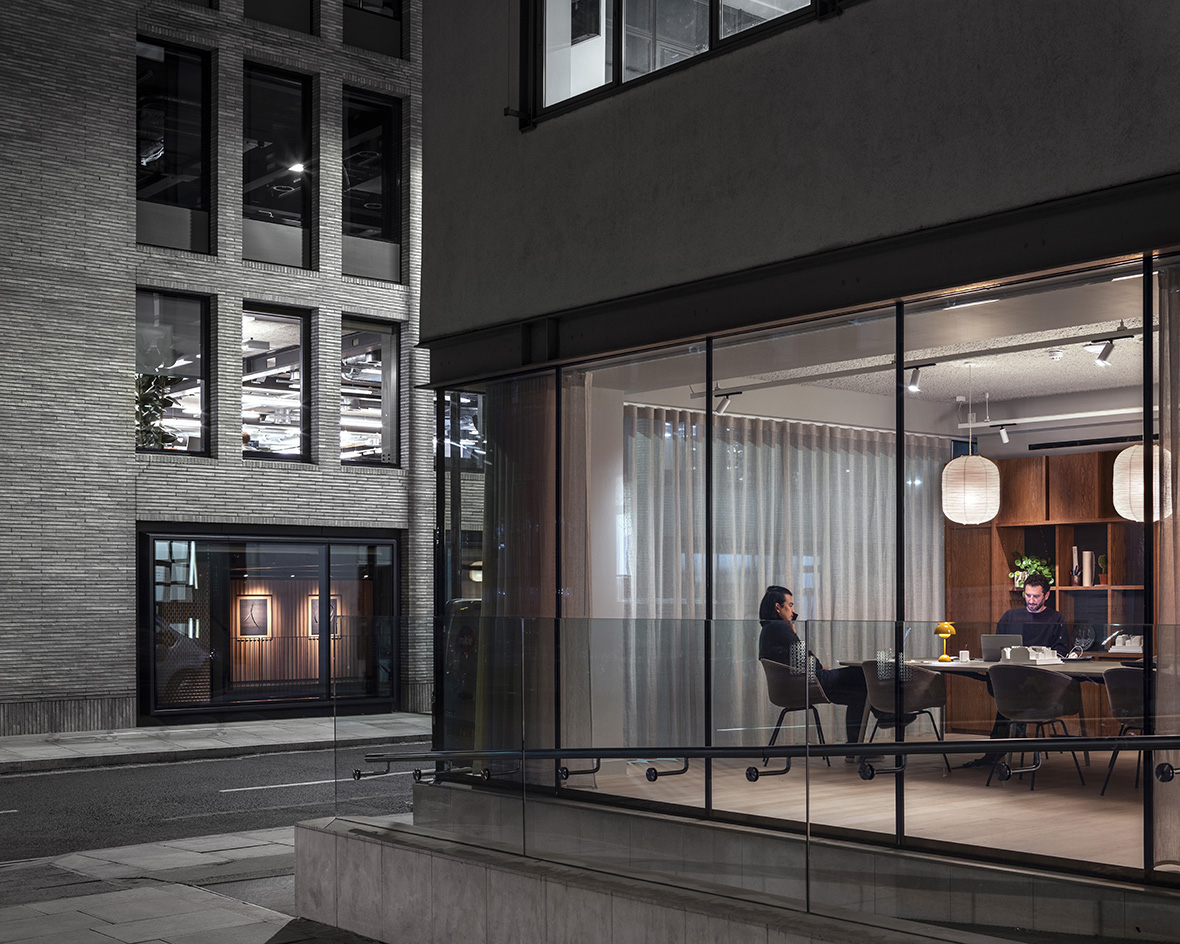
The newly designed dMFK office in Fitzrovia hails the postpandemic return to work in London. The architecture studio, headed by partners Julian de Metz, Paul Forbes and Ben Knight, recently launched its Charlotte Street headquarters, co-created with architects Sher + White. As the team explain, the space exemplifies a fresh take on office interiors, one that draws on the learnings of the global pandemic and addresses the needs of today in the UK capital.

The dMFK office at 76 Charlotte Street
‘Remote working was fraying our nerves, and making us more transactional and less accommodating. Prepandemic, we were social and collaborative. The new office has restored our sense of collaboration, strengthened our teams, and reminded everyone of the pleasure of physically working together. The new design hasn’t so much changed the way we work, rather it’s accommodated the way we want to work, breaking down traditional fixed-desk arrangements and reminding us to engage,’ says de Metz.
The dMFK office's carefully laid-out open plan, and its glass enclosed former-showroom unit on the ground level of what used to be the home of TV broadcaster Channel 4, is all about openness and interaction – as much as it is about personality. ‘People recognise and value distinctiveness in office design. As designers, nothing is more important than creating the kind of place that, whilst being appropriate to the place and the business, can’t be found anywhere else,’ the architect continues.
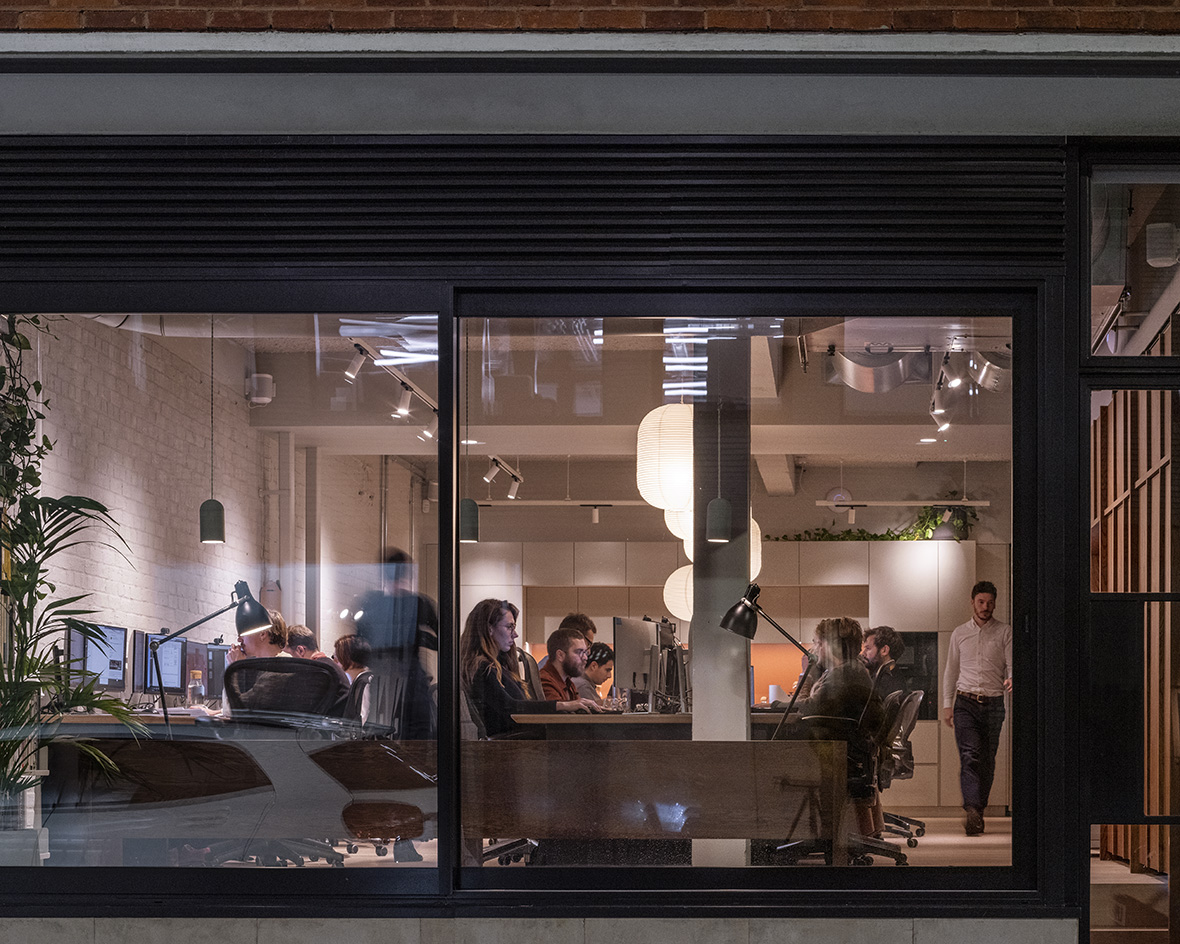
Designing the new postpandemic London office
Working with Sher + White, the architects employed an approach with a residential tinge that balances domestic comfort with the sharpness and conveniences of an office. The goal was to craft an interior that everyone wants to use – an asset aimed at 'staff wellbeing, retention and attraction of the finest talent'. Solid French oak, bespoke timber joinery, and rusty Corten steel wall panels compose a tactile interior wrapped in warm, calming colours and natural materials. The flowing interior follows a U-shape, and what starts off as an open boardroom-style space effortlessly transforms into rows of hot desks, and a kitchen/dining communal area. There's visual openness but appropriate separation using clever but simple techniques – smart acoustics, screens, a handful of private booths and a winding floorplan that naturally creates smaller, contained pockets of space.
The team's secret? We asked dMFK’s Julian de Metz and Sher + White director and architect Gemma White to identify the key elements used in the new dMFK office design that are crucial to consider today, but which were not as prevalent in workspace interiors before the pandemic. Here's what they said...
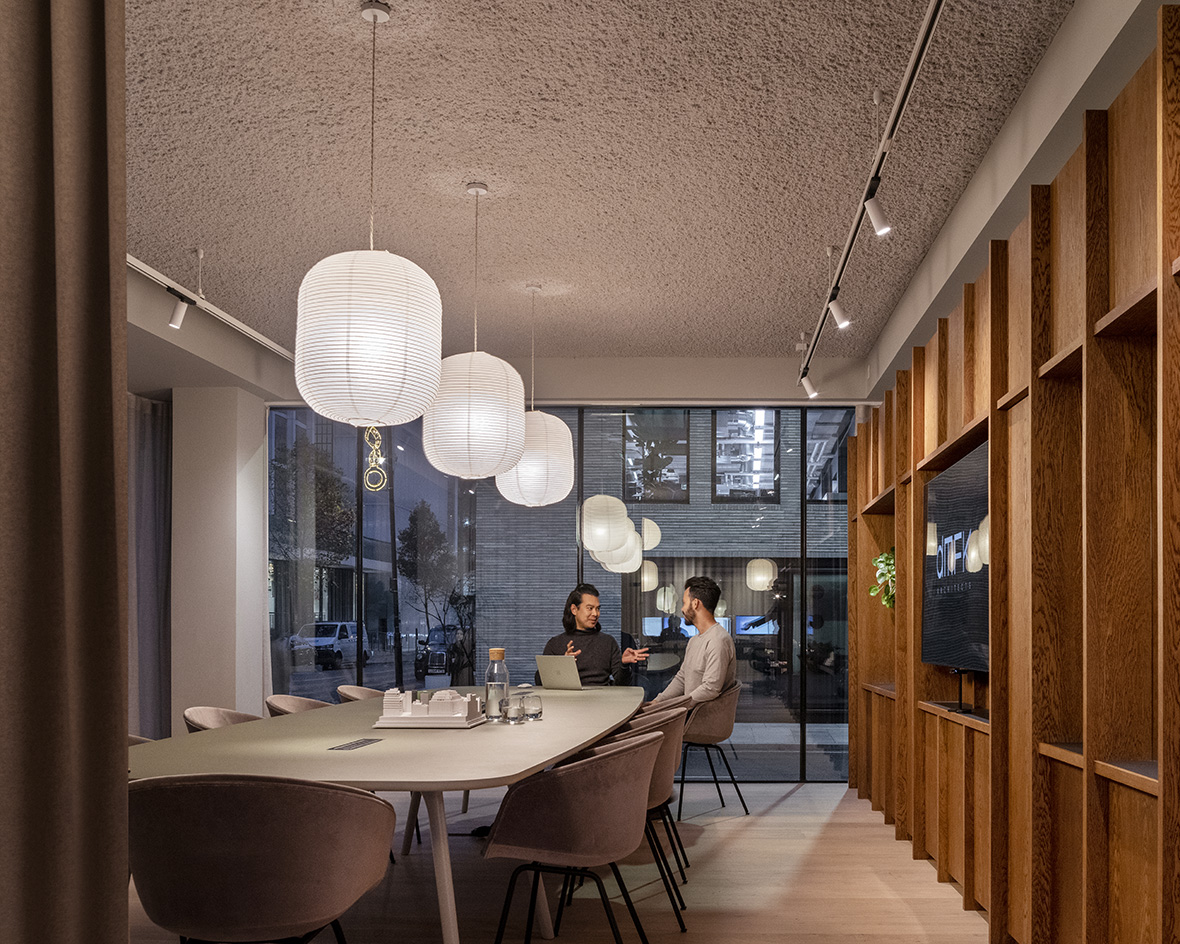
Flexibility
Julian de Metz: ‘We’re now used to moving around within our working week, both in and out of the office and through our day. Within the office, options for places to work, from communal tables to private booths, encourage us to vary our environment through the day, depending on our task, maximising contact with others instead of taking root in one place. We want to maximise contact and collaboration through design. Tech is also an important factor with design businesses running powerful software that often implies fixed desk positions with unsightly computers. We’ve invested in a cloud-based processing solution called ‘Inevidesk’ which allows us to sit wherever, whenever and use discreet, low-powered, local machines.‘
Gemma White: ‘The pandemic showed us that the world of work could function online if necessary but also made us miss the valuable and joyful things about face-to-face working. As such, offices need to work hard to compete with home comforts. Individual workspaces and desktop technology need to be adaptable for many different users throughout a given workday. ‘
Receive our daily digest of inspiration, escapism and design stories from around the world direct to your inbox.
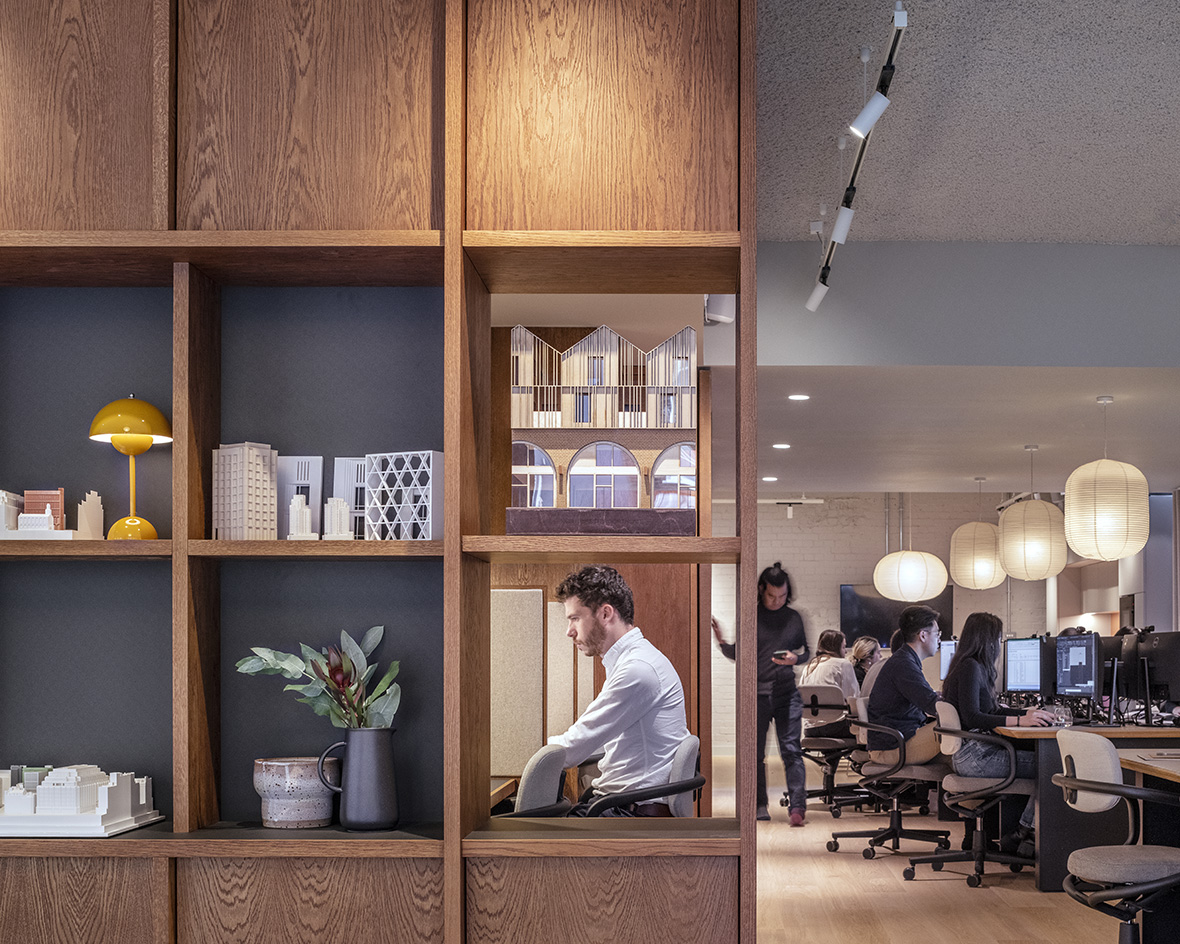
Accoustics
JdM: ‘In our homes, we’re used to a comfortable, soft, private acoustic quality. This came into sharp focus when we came back to the office. Working near other people, you want acoustically absorbent space where conversations don’t carry. We design and select soft, absorbent surfaces and furnishings aiming to avoid flat, sheet materials and to use specialist products such as SonaSpray on ceilings, which give spaces a soft acoustic quality that significantly improves concentration and productivity.’
GW: ‘The pandemic necessitated at-distance communication and in order to maintain visual contact, video calling was the only option. The impact [of video calling] on acoustics can be dramatic and an office environment can become tiring and distracting. Greater prevalence of video communication has been a real cue for workspace design acoustics to be improved, resulting in a real sense of calm in the office. In addition, specific acoustically deadened areas have been designed to encourage people to move from their desks while making video calls.‘

Finishes
GW: ‘Warm, non-commercial feeling finishes that focus on comfort and approachability are more important than ever.’
Amenities
JdM: ‘Offices with fantastic amenities, great bike storage, showers, changing, social space, and great local options for eating and socialising are the ones that are attracting people back. We have more staff cycling, visiting local gyms, [and] eating out well than ever before.’

Ellie Stathaki is the Architecture & Environment Director at Wallpaper*. She trained as an architect at the Aristotle University of Thessaloniki in Greece and studied architectural history at the Bartlett in London. Now an established journalist, she has been a member of the Wallpaper* team since 2006, visiting buildings across the globe and interviewing leading architects such as Tadao Ando and Rem Koolhaas. Ellie has also taken part in judging panels, moderated events, curated shows and contributed in books, such as The Contemporary House (Thames & Hudson, 2018), Glenn Sestig Architecture Diary (2020) and House London (2022).
-
 In Norway, discover 1000 years of Queer expression in Islamic Art
In Norway, discover 1000 years of Queer expression in Islamic Art'Deviant Ornaments' at the National Museum of Norway examines the far-reaching history of Queer art
-
 The Wilke is LA’s answer to the British pub
The Wilke is LA’s answer to the British pubIn the Brentwood Village enclave of Los Angeles, chef and restaurateur Dana Slatkin breathes new life into a storied building by one of Frank Gehry’s early mentors
-
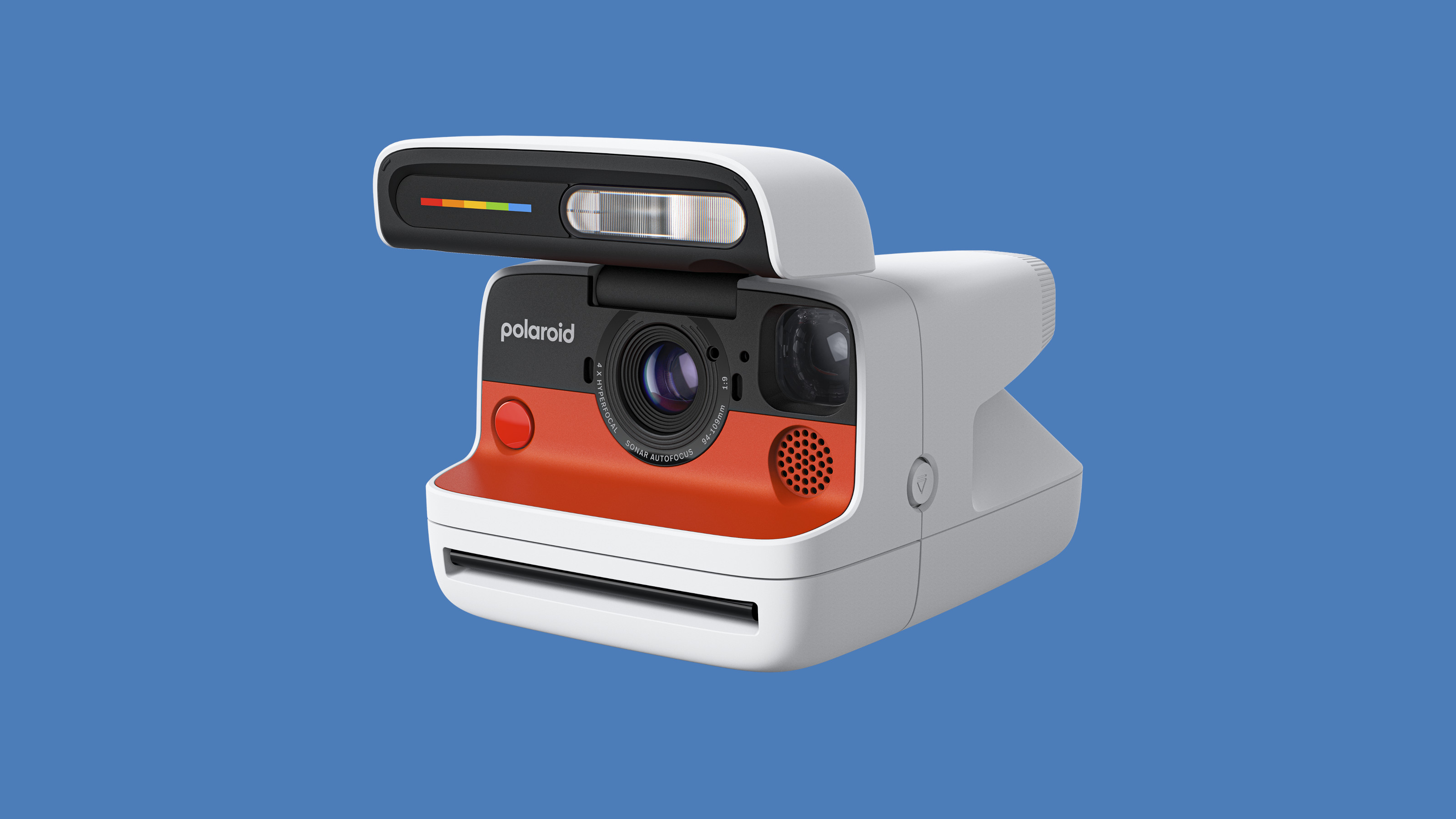 Top 10 gadgets of 2025, as chosen by technology editor Jonathan Bell
Top 10 gadgets of 2025, as chosen by technology editor Jonathan BellWhat were the most desirable launches of the last 12 months? We’ve checked the archives to bring you this list of the year’s ten best devices
-
 Porthmadog House mines the rich seam of Wales’ industrial past at the Dwyryd estuary
Porthmadog House mines the rich seam of Wales’ industrial past at the Dwyryd estuaryStröm Architects’ Porthmadog House, a slate and Corten steel seaside retreat in north Wales, reinterprets the area’s mining and ironworking heritage
-
 Arbour House is a north London home that lies low but punches high
Arbour House is a north London home that lies low but punches highArbour House by Andrei Saltykov is a low-lying Crouch End home with a striking roof structure that sets it apart
-
 A former agricultural building is transformed into a minimal rural home by Bindloss Dawes
A former agricultural building is transformed into a minimal rural home by Bindloss DawesZero-carbon design meets adaptive re-use in the Tractor Shed, a stripped-back house in a country village by Somerset architects Bindloss Dawes
-
 RIBA House of the Year 2025 is a ‘rare mixture of sensitivity and boldness’
RIBA House of the Year 2025 is a ‘rare mixture of sensitivity and boldness’Topping the list of seven shortlisted homes, Izat Arundell’s Hebridean self-build – named Caochan na Creige – is announced as the RIBA House of the Year 2025
-
 In addition to brutalist buildings, Alison Smithson designed some of the most creative Christmas cards we've seen
In addition to brutalist buildings, Alison Smithson designed some of the most creative Christmas cards we've seenThe architect’s collection of season’s greetings is on show at the Roca London Gallery, just in time for the holidays
-
 In South Wales, a remote coastal farmhouse flaunts its modern revamp, primed for hosting
In South Wales, a remote coastal farmhouse flaunts its modern revamp, primed for hostingA farmhouse perched on the Gower Peninsula, Delfyd Farm reveals its ground-floor refresh by architecture studio Rural Office, which created a cosy home with breathtaking views
-
 A revived public space in Aberdeen is named Scotland’s building of the year
A revived public space in Aberdeen is named Scotland’s building of the yearAberdeen's Union Terrace Gardens by Stallan-Brand Architecture + Design and LDA Design wins the 2025 Andrew Doolan Best Building in Scotland Award
-
 The Architecture Edit: Wallpaper’s houses of the month
The Architecture Edit: Wallpaper’s houses of the monthFrom wineries-turned-music studios to fire-resistant holiday homes, these are the properties that have most impressed the Wallpaper* editors this month